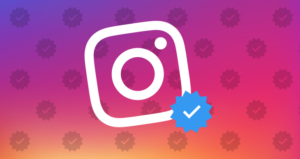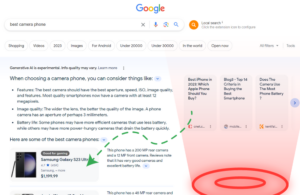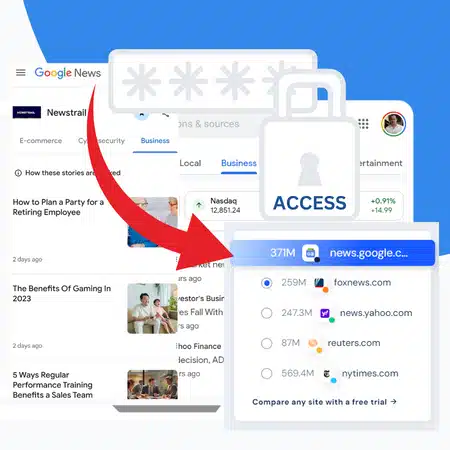The term ‘influencer’ can be applied loosely to anyone that has the capacity and platform to influence people in a positive way. This could be by offering advice or sharing certain products. Influencers are people that leverage their knowledge and experience within a certain space, and use their platform to distribute their opinion, expertise, or knowledge. Many influencers have a specific niche or area of interest, and this is where they are best at expressing their opinions and thoughts. Influencers form a relationship with their community, and are often held with high regard.
What is a Social Media Influencer?
A social media influencer as an individual that has garnered a platform of followers on social media. These individuals use their platform, on one or more forms of social media, to influence their followers in some way. This could be to purchase certain products, behave in a certain way, or teach them how to do a specific task. Similarly, influencers could also build their platform by sharing their interest in something, or by providing knowledge and expertise in a certain field or area of interest. It is important to note that social media influencers leverage their platform, and the capabilities of social media, to distribute their content. Different social media platforms will have different types of influencers that produce different forms of content. Platforms like TikTok and Youtube have an abundance of influencers that post video content, whilst Instagram has influencers that post images, photography and short videos.
Influencers by Numbers
Mega Influencers (1 Million and Upwards)
Mega influencers are at the pinnacle of success in the influencer market. These influencers tend to have over a million followers or subscribers, and are just under celebrities in terms of fame. Brands and businesses might be inclined to think that this is the best type of influencer to work with due to their reach, but this can be a misguided approach. Mega influencers, like celebrities, maintain a certain distance from their followers as a result of their volume. In addition to this, these influencers tend to not have a defined area of interest, or niche, that draws their followers in. As a result, brands may not get the desired effect of purchases from paid sponsorship.
Macro Influencers (100K – 1M Followers)
Macro influencers are a step down from mega influencers in terms of audience, as these influencers tend to have between 100,000 followers to 1 million followers. Unlike mega influencers who are often influencers because of their fame, macro influencers are likely to have gained an audience through online content creation. This is frequently achieved through influencer platforms like TikTok, Youtube, and Instagram.
Brands should consider macro influencers if they want to target a larger audience, but still have a niche interest represented. This is where brands need to utilize influencers that cater to specific markets that are aligned with the brand’s values and product.
Micro Influencers (1K – 100K followers)
Micro influencers are known for having between 1,000 to 100,000 followers or subscribers. This is still a notable audience, and the influencer’s content still has the potential to become viral. These influencers are much more likely to have a designated area of interest, and are often experts in that area of interest. For example, many food publications have video content platforms on social media. They often create influencers out of their content creators, who become micro influencers in the food industry. These influencers provide an opportunity for brands, as they have a dedicated following that is invested in that specific area of interest. In the case of the food content creators, a brand like Nespresso or SMEG, would greatly benefit from paid sponsorship.
Nano Influencers (1K – 2K followers)
Nano influencers have the smallest following amongst influencers, with usually about 1,000 followers. These influencers often have more engagement with their audience, and are influential within their direct community. Brands are becoming more aware of the benefits of nano influencers, as they have been previously overlooked for macro or mega influencers. Brands are now choosing them, as they see the value of authentically partnering with an influential person. It is important to note that these influencers have a much smaller reach, and as a result may not yield an overwhelming amount of purchases or clicks. Despite this, brands are seen in a favorable light for providing nano influencers with sponsorships and opportunities.
How to engage influencers in a successful influencer marketing campaign:
- Read our influencer marketing guide









